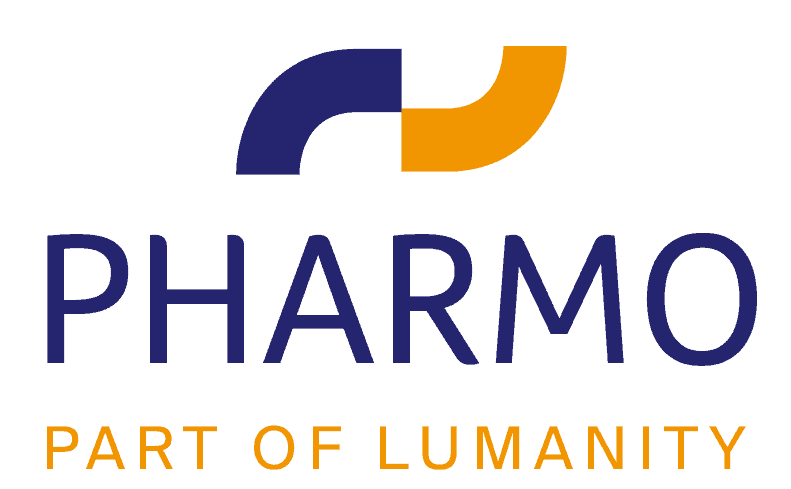BACKGROUND: Myocardial infarction (MI) is a common cause of death in developed countries. Long-term preventive pharmacotherapy has been shown to decrease mortality and morbidity after MI. Based on a literature search, studies of these therapies toate have estimated the use of monotherapy, whereas many patients are prescribed combination therapy. Thus, assessment of long-term combination drug use after MI is timely. OBJECTIVE: The aim of this study was to assess the use of oral antithrombotics, beta-blockers, angiotensin-converting enzyme (ACE) inhibitors, hydroxymethyl-glutaryl coenzyme A reductase inhibitors (“statins”), and their combinations after MI at discharge and during 12-year follow-up. METHODS: This community-based, retrospective dataanalysis was conducted at Utrecht University, Utrecht, The Netherlands. Data from patients aged > or =18 years at hospital admission who experienced nonfatal acute MI between 1991 and 2000 and had a duration of follow-up > or =30 days were included in the analysis. Data were retrieved from the Pharmo Record Linkage System database, which links pharmacies’ dispensation records to hospitals’ discharge records on an individual patient level, allowing the investigator to observe individual patients’ medication use over time. Primary outcome measures were the use of preventive medicines (oral antithrombotics, beta-blockers, ACE inhibitors, and statins) at discharge, overall use, and persistence during 12-year follow-up. RESULTS: Of 330,000 patients in the database, 4007 were included in the analysis (2828 men, 1179 women; mean [SD] age, 63.5 [12.5] years). Use at discharge and overall use of oral antithrombotics and statins increased significantly between 1991 and 2000, whereas use of beta-blockers and ACEinhibitors increased mainly in patients discharged in the latter years of the follow-up period. Therapy with any combination of drugs increased strikingly from 1991 to 2000, from 47% to 90%. At 1 year after discharge, 32% of patients had discontinued their first-prescribed combination treatments. At 5 years after discharge, this rate increased to 57%, suggesting a low rate of persistence CONCLUSIONS: Based on the results of this retrospective data analysis, the use of MI-preventive drug treatment at and after discharge increased significantly in this population in The Netherlands during the 1990s. Combination therapy increased strikingly. However, persistence with combination therapy was low.
